

KEYNOTE TALK
Nicholas Snow, Seton Hall University, USA
Always known for high resolution and sensitivity, gas chromatography has evolved into one of the simplest and most automated instrumental techniques in use today. Just as one can learn chess in an afternoon, so can one be up and running on most modern gas chromatographs in a few hours. Also as in chess, gas chromatography takes a lifetime to master. This keynote presentation will begin our ChromTalks “Under the Hood” symposium by featuring feature a few areas in which, despite automation and simplicity, gas chromatography operators still need some mastery. We will see that mastery of gas chromatography includes not only running the instrument but handling and injecting the samples and analyzing the data. We will examine instrument sensitivity and detection limits, use some thinking about experimental uncertainty to examine quantitative analysis and retention times, and then think about hidden uncertainties arising from sample handling. We will then link this conversation to the remaining talks going “under the hood“ of gas chromatography in the rest of the session.
Jaap de Zeeuw, Creavision, the Netherlands
In gas chromatography, 90% of the trouble experienced occurs in the injection system. In this troubleshooting session we will discuss the purpose and impact of the critical parts and setup used in split and splitless injection and how those impact your results. We will discuss installation, peak shape, contamination sources for sample and system, carrier gas, maintenance, and lifetime—using practical examples.
Hans-Gerd Janssen (speaker), Unilever R&D, and Wageningen University, the Netherlands, and Sjaak de Koning, Consultant, ChromaVision, the Netherlands.
The introduction of liquid samples into a capillary gas chromatography (GC) column is by no means trivial. Representative amounts need to be introduced with no changes in the sample composition due to adsorption, (thermal) degradation, or discrimination. The injection bandwidth should be sufficiently narrow so as not to adversely affect the separation power of the system. Yet sufficient sample should be introduced to meet ever more stringent detection requirements, such as in environmental and safety research. Of course, the system should be reliable and rugged, versatile and flexible, while at the same time easy to operate. Armed with the right understanding of the principles of the basic techniques of split-, splitless- and on-column injection, the analyst can meet these requirements. With the right understanding of large-volume injection methods, the analyst is also ready for the challenges of further reduced detection limits. The principles of standard-volume and large-volume injection methods for liquid injections in GC will be discussed and illustrated with examples from various application fields.
Matthew Klee, XO Associates, USA
Most consider the inlet as the weakest part of a gas chromatograph. It is through the sample transport process that most issues arise. Included in the sum of possible problematic phenomena is the transition from the inlet to the column. It is here that the (hopefully) vaporized sample moves from the inlet to the column in a predictable, representative, and repeatable way. Yet this is not always the case. This talk will cover the key transport phenomena, how they can become problematic, the variables that contribute to the problem, and best practices that can minimize variability.
Mary Ellen McNally, FMC Corporation, USA
Gas chromatography (GC) is an established technique for the identification and quantification of analytes of interest. One of the strongest advantages of GC is the variety of common detectors that can be coupled to the chromatographic system. These detectors include the flame ionization detector (FID), nitrogen phosphorus detector (NPD), electron capture detector (ECD), thermal conductivity detector (TCD), flame photometric detector (FPD), photoionization detector (PID), and the mass spectrometer (MS). Each of these detectors has a unique operational mechanism that yields specific selectivity and sensitivity, making the variety of analytes that can be measured using GC very broad. Likewise, they can generate linear responses under gas and temperature interface conditions common to GC. With the strength of the variety of detectors comes the need to understand their operation and their nuances. This presentation will discuss the features of common GC detectors and troubleshooting chromatographic results where the GC detector might be the problem.
Gregory Slack, Boston Analytical, USA
Three key areas of focus for qualifying and optimizing instruments and methods in high-throughput, fast-paced regulated laboratories are: 1) staying compliant with instrumentation qualifications, 2) ensuring laboratory personnel are properly trained to perform methods and understand their purpose and intent, and 3) making sure methods are easy to follow and contain all the pertinent information. This talk provides a high-level overview of installation, operation, and performance qualification for GC instrumentation. It reviews FDA 483 observations that are still commonly found today. The key properties to be evaluated for GC instrumentation and the importance of choosing the right test samples are discussed. Ignoring these key areas can be time consuming and interrupt the flow of laboratory production. For example, methods often leave out seemingly inconsequential information, which can lead to investigations and having to re-run methods. That’s why it is important to understand fundamental GC operation and theory when interpreting compendial methods and to write methods that clearly convey the purpose and intent of the method. Specific details such as vendors and part numbers for consumables like syringes, septa and injection liners, and details on sample preparation are necessary.
With all the speakers in the session
Colin Towers, Senior Technical Support Chemist, Crawford Scientific
A picture paints a thousand words. The art of GC troubleshooting often lies in being able to recognize a problem from the evidence presented in the chromatogram or baseline appearance. We will start by providing a simple troubleshooting strategy that can be applied to any problem. Then we will examine five simple pictures related to some of the most common troubleshooting problems, discuss what they reveal, how to solve the issues, and how to stop them from happening again!
Nick Jones, Global Application & Development Director for Separation Science, LECO Corporation
Helium is a limited natural resource with huge variations in both supply and expense. At the same time, the advantages of hydrogen to achieve increased chromatographic throughput in GC applications are attractive. The transferal of methods to hydrogen carrier gas can be problematic due to limitations and challenges associated with some types of mass spectrometry technology used. In particular, the mass spectral quality and fragmentation, in comparison with those obtained using helium, as well system sensitivity and also, system robustness and acquisition rate, are important factors that can differ and negatively affect results. In this study we have investigated the use of a particular type of GC–TOF-MS technology in regards to overcoming these issues. The method transfer approach, technology benefits, and application examples are presented.
Alicia D. Stell, PhD, Product Manager, Organic Solutions Division, CEM Corporations & Lucidity Systems
Critical laboratory analysis is often complicated and expensive. Many labs are forced to outsource analysis due to cost, space, and expertise. CEM | Lucidity is dedicated to making GC-FID analysis available to all labs. The miniGC brings a small footprint, ease of use, and affordability to labs everywhere, all while maintaining analytical results comparable to those of larger and more expensive systems. This talk will feature analysis of foods and fragrances, though the applications of the miniGC span beyond that industry.
George Reiner, GC Software Product Manager, Agilent Technologies and Jim McCurry, Senior Application Chemist, Agilent Technologies
Agilent Technologies will introduce the new features of Agilent gas chromatography (GC) systems that have been designed to make them more intelligent and easier to use than before — for increased lab efficiency. The 8890 GC now has automated sample preparation capabilities with the 7693A autosampler, allowing for hands-free standard addition and derivatizations. Remote connectivity has been made easier with the introduction of a mobile phone interface and the Intuvo GC and 8890 GC have new peak evaluation and enhanced diagnostic features that allow for automatic evaluation of designated peaks and on-board guided troubleshooting. Find out how these new features can help keep your lab running productively while minimizing downtime when problems arise.
Anne-Marie McDonnell, Software Business Development Manager, Scion Instruments
Chromatography data systems are a requirement in any modern analytical laboratory. This presentation will cover some of the features of modern-day and different configurations that can be used in your lab. Scion Instruments has developed their CDS, CompassCDS, with ease of use and productivity increases in mind. This talk will focus on the additional features of CompassCDS to demonstrate productivity and streamlining improvements.

Founding Endowed Professor, Department of Chemistry and Biochemistry, Seton Hall University
Nicholas H. Snow is the Founding Endowed Professor in the Department of Chemistry and Biochemistry at Seton Hall University and an Adjunct Professor of Medical Science. During his 30 years as a chromatographer, he has published more than 70 refereed articles and book chapters and has given more than 200 presentations and short courses. He is interested in the fundamentals and applications of separation science, especially gas chromatography, sampling, and sample preparation for chemical analysis. His research group is very active, with ongoing projects using GC, GC–MS, two-dimensional GC, and extraction methods including headspace, liquid–liquid extraction, and solid-phase microextraction. He is also the editor of the “GC Connections” column in LCGC.
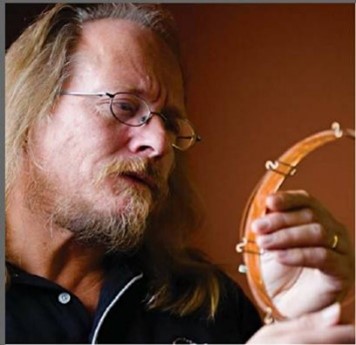
CEO of CreaVisions
Jaap de Zeeuw has 42 years of experience in gas chromatography (GC) capillary technology. He developed many porous layer open tubular (PLOT) columns as well as bonded-phase columns. He is also the originator of simple concepts for fast GC–mass spectrometry (GC–MS) using a high vacuum inside the capillary column. Jaap has traveled widely and is well known for his technical expertise and teaching skills and has published more than 100 publications. Jaap spent many years working for Chrompack/Varian and Restek. He retired in March 2022 and started a new company, CreaVisions, that offers master classes on GC, consultancy, and a new initiative: creative problem solving for academics and technical people to catalyze new ideas.
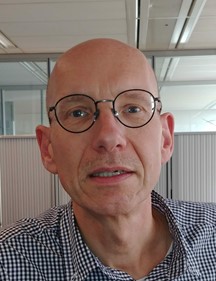
Senior Scientist Analytical Chemistry, Unilever R&D, and Part-time Professor of Analytical Chemistry, Wageningen University, Wageningen, the Netherlands
Prof. Dr. Hans-Gerd Janssen has a PhD degree in analytical chemistry from the Eindhoven University of Technology, in Eindhoven, the Netherlands. After having worked at that university for eight years after his PhD, he joined Unilever Research in 1999 as an analytical and food chemist. From 2004 to 2019 he held a part-time position as a part-time professor at the University of Amsterdam. In 2019 he moved to a similar position at Wageningen University. Prof. Janssen has published over 200 papers in the field of chromatography and mass spectrometry.
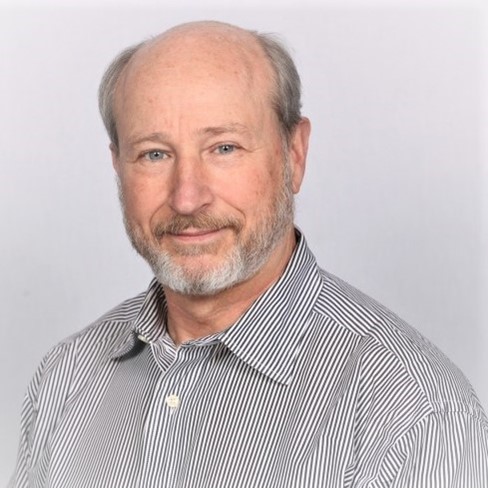
President, XO Associates LLC
Matthew S. Klee, PhD, is an internationally recognized analytical instrumentation expert, scientist, inventor, author, and consultant. He is considered one of the leading authorities in the areas of GC and GC–MS instrumental analysis. In addition, Dr. Klee has produced on-line, and on-demand technical courses and presentations and has been a regular presenter of GC and GC-MS related short courses at Pittcon. He has worked in pharmaceutical, chemical, and instrumentation businesses, most notably Agilent Technologies.
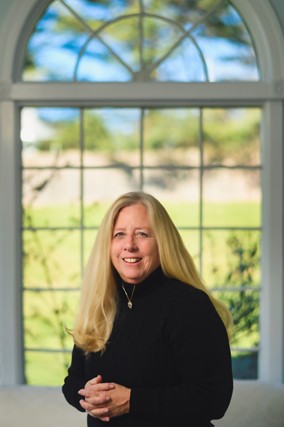
Global R&D Technical Fellow, Analytical Sciences, Stine Research Center, FMC Corporation
Mary Ellen McNally, PhD, is a Global R&D Technical Fellow at the Stine Research Center for FMC Corporation. She was employed by DuPont for 33 years before joining FMC. McNally has led teams on New Emerging Technologies as well as a team of inter-disciplinary scientists from three universities and DuPont on an NSF GOALI project. McNally was named to the Analytical Scientist Power List as one of the Top 50 most influential women in the analytical sciences in 2016 and has been announced as the 2021 Awardee of the Eastern Analytical Symposium Separation Science Award.
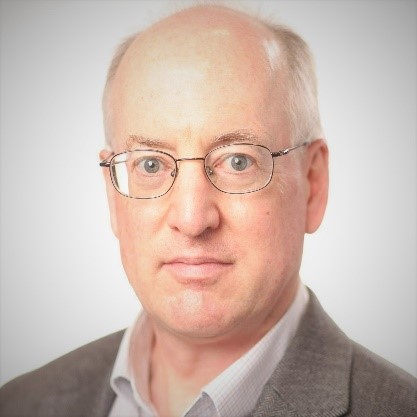
Senior Director of Scientific Research and Services, Boston Analytical Inc., USA
Gregory C. Slack is the Senior Director of Scientific Research and Services at Boston Analytical in Salem, New Hampshire, USA. In that role, he oversees the technical aspects of new project onboarding, which includes quality control (QC) chemistry, raw materials, and analytical development. He has been with Boston Analytical in various roles since 2020. Dr. Slack received his PhD in Analytical Chemistry from Virginia Tech and has over 18 years of experience in traditional pharmaceutical industry and contract research organizations. He served for 12 years as the Director of Research and Technology Transfer at Clarkson University and has held adjunct positions at Clarkson, SUNY Plattsburgh, and University of Massachusetts, Lowell, Continuing Education. He has instructed numerous chromatography short courses, provided peer reviews for chromatography journals, and serves on the Eastern Analytical Symposium Governing Board.
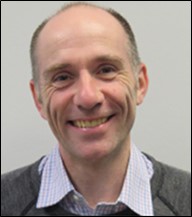
Senior Technical Support Chemist, Crawford Scientific
After completing a degree in pharmacy, Colin Towers pursued a career in analytical chemistry. Following three years performing routine testing and three years instrument maintenance and calibration, he moved into a role as a method development and validation specialist in contract research. He gained 11 years of experience in developing methods for HPLC, LC–MS, GC, GC–MS and SPE in a high-throughput commercial environment, followed by three years lecturing in forensic analytical toxicology and a further three years working as a community pharmacist. Colin has now been with Crawford Scientific for 10 years as a technical specialist, consultant, and trainer.
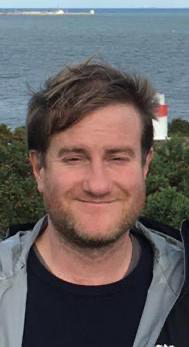
Global Application & Development Director for Separation Science, LECO Corporation
Nick Jones has over 15 years of experience as a fragrance, HPC, and cosmetics chemist for Unilever, Drom Fragrances, and LUZI. He specializes in applying GC, GCxGC, TOF-MS and HR-TOF-MS instrumentation to solve a range of analysis challenges. In 2019, he joined LECO Corporation as the European Development Director for Separation Science and now works as the Global Application & Development Director. In this role, Nick works to share the latest in emerging GC technology to empower other analytical scientists to be successful.
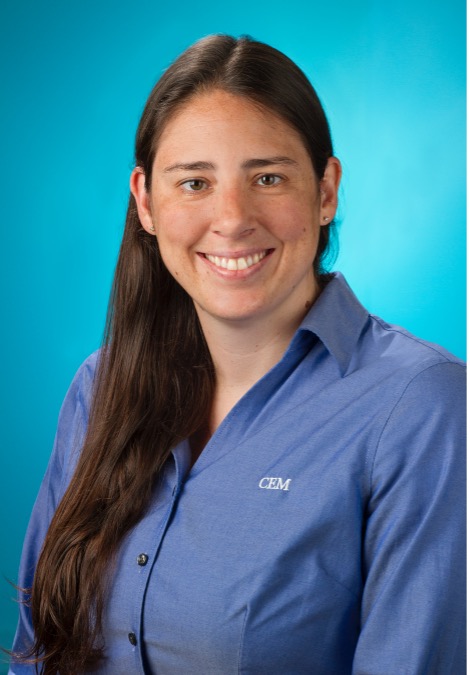
Product Manager, Organic Solutions Division, CEM Corporations & Lucidity Systems
Dr. Alicia Douglas Stell has worked with CEM for the past 14 years, joining after completing her PhD in Analytical Chemistry. Her extensive background in chromatographic analysis and her mechanical expertise have been instrumental in the development of novel systems for sample preparation and analysis. She has traveled the world to present on these novel systems and to identify new markets for this innovative technology.

GC Software Product Manager, Agilent Technologies
As Agilent’s GC Software Product Manager, George Reiner seeks and represents the voice of the customer in all aspects of GC-related software.
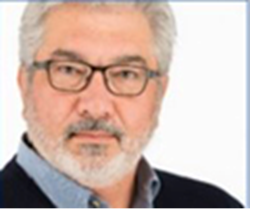
Senior Application Chemist, Agilent Technologies
Jim McCurry is a senior applications chemist with Agilent, specializing in analytical chemistry measurements for the chemical and refining industries.
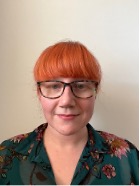
Software Business Development Manager, Scion Instruments
Anne-Marie received a B.Sc in Forensic and Environmental analysis from Dublin Institute of Technology with a focus on LC method development. She continued to work within analytical chemistry as a chromatographer at a contract research lab that specialized in cGMP method development and validation, eventually leading a team of chromatographers. She then transitioned into lab equipment sales for a distributor and was the cGMP advisor for the manufacturer to ensure compliance with all relevant regulations. From that, she moved into her role of Software Business Development Manager at SCION Instruments where she looks after sales and marketing of the software.